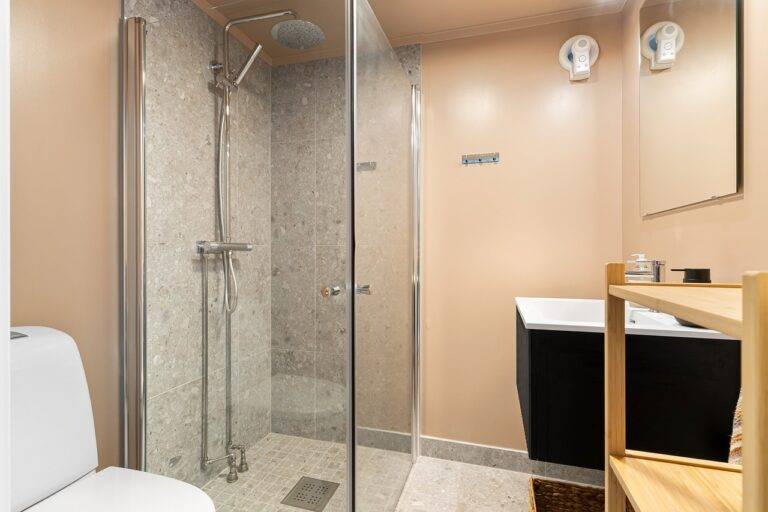Tips for Designing a Sustainable Garden: Native Plants, Rain Barrels, and Composting
When selecting plant species for your garden, it’s essential to consider your local climate and soil conditions. Choose plants that are well-suited to thrive in your specific environment, as this will help them grow healthier and require less maintenance. Researching native plant species is a great place to start, as they are already adapted to the local conditions and are more likely to flourish without the need for excessive watering or fertilization.
Additionally, think about the purpose you want your garden to serve. Are you looking to attract pollinators, create a serene retreat, or grow your own fruits and vegetables? Different plant species will fulfill different functions, so make sure to align your choices with your goals for the garden. By selecting plant species that match your climate, soil, and purpose, you can create a vibrant and thriving garden that enhances both the beauty of your outdoor space and the ecosystem as a whole.
Utilizing Natural Water Conservation Methods
Water conservation in gardening is crucial for sustainable practices. One effective method is the use of mulch to retain moisture in the soil and reduce evaporation. By applying a thick layer of organic mulch around plants, water loss can be minimized, allowing the soil to stay moist for longer periods.
Another natural water conservation technique is planting native species that are adapted to the local climate and require less water. These plants have developed mechanisms to thrive with minimal irrigation, making them ideal for water-efficient gardening. By selecting native species, gardeners can reduce the need for excessive watering and support the local ecosystem simultaneously.
Implementing a Composting System for Organic Waste
When it comes to reducing organic waste, implementing a composting system in your yard or garden can be a sustainable solution. By creating a dedicated area for composting, you can easily decompose organic materials such as kitchen scraps, yard waste, and paper products.
To start your composting system, choose a location that is convenient yet out of direct sunlight. Layer green and brown materials, like fruit and vegetable scraps, leaves, and twigs, to encourage decomposition. Turning the compost regularly will help aerate the mixture and speed up the process. Over time, you will be left with nutrient-rich compost that can be used to enhance the health and vitality of your plants.







